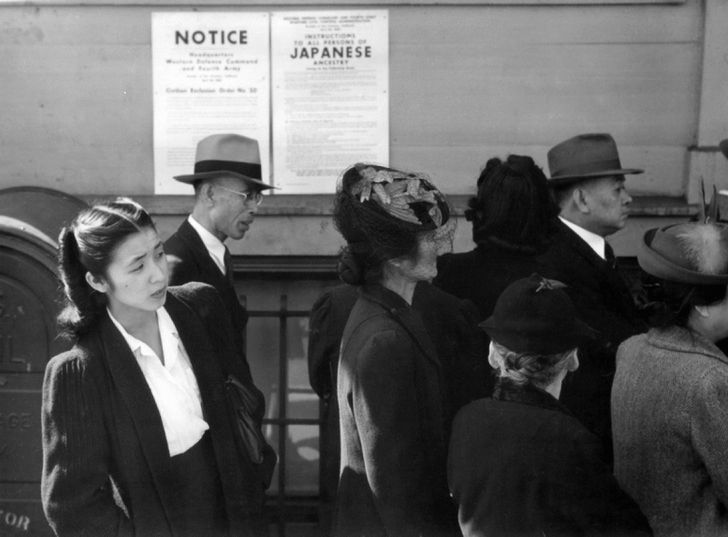In 2014, Stony Brook University's laboratory collaborated with designer Dann Roosegaarde to merge worlds of nature and technology. They created bioluminescent trees as an alternate energy source for light. In 2015, the Maseeh College of Engineering and Computer Science developed a study on "Optimizing Efficiency of Street Lights" in Portland. These are the following financial facts involved in order to implement this new feature into our community.
Costs: "It costs Portland approximately 1.7 million dollars per year for street lights, not including the six million dollar maintenance costs. This is calculated using only the cost of LED."
Savings: "The motion sensor system combined with bioluminescent plants will save approximately .75 million dollars per year for the city while keeping Portland weird."
Aside from omitting expensive financial costs, the bioluminescent trees would benefit the environment by reducing light pollution. Also, the efficacy of energy use would be revised from being a waste because there is energy loss by the conversion of electricity into light. Thus, by using bioluminescent trees to light city streets, there would be energy conservation.





 Christmas and New Year gift card
Photo by
Christmas and New Year gift card
Photo by  butter cookies on plate
Photo by
butter cookies on plate
Photo by  boy holding Holy
boy holding Holy 






